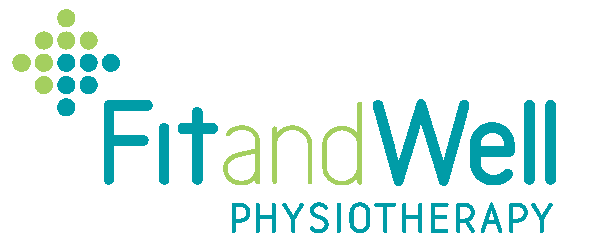Another problem we can have with bones is a change in architecture. That means the structure of the bone – the hard part – changes and becomes less able to withstand stress. Think of a honeycomb structure, where you take out bits of the walls and put them in a different position. It’s often not as strong because the bone also looks a little bit like sponge when you dissect it out. This is called osteoporosis. If you want to have a very clear diagnosis of osteoporosis, you need to get what’s called a DEXA scan.
Other bone problems
Arthritis, which is a condition that affects joints, may also include bony changes.People who have some type of arthritis may develop bumpiness, roughening and small cracks in the normally smooth bony surfaces of the affected joint(s), which can be painful or cause stiffness.
I haven’t mentioned a more sinister problem, which is cancer in the bone. That’s something we as physios don’t deal with. If we think that’s a possibility, we would refer you on to an appropriate medical specialist.
Our treatment of fractures
Our treatment of fractures and other bone injuries depends on the specific type of injury.
If you have a fractured bone, you usually have to immobilise it – stop it moving- so you can heal.
It’s like putting together a jigsaw puzzle – tricky to get it right if you’re always moving the pieces.
When the surfaces of each end of the broken parts of the bone are joined together like a jigsaw puzzle, they’ll heal much better and the alignment more normal. Different kinds of fractures heal at different rates.Bone healing is also influenced by the age, strength and overall health of the person with the fracture, as well as the kind of bone that’s damaged.
We stop the bones moving relative to another by applying plaster or putting the injured part in some kind of brace. These days you can also get special boots to enable leg bones to heal even while you’re walking. If you have a leg fracture, in most cases you can walk on it depending on where the fracture is, how bad the fracture is, and how old you are because that affects how quickly or how well you can heal. (With very severe fractures,there will be a period of time where no weight is allowed to be put on the leg). We may give you some aids to help you to do what you need to do. If it’s a lower leg or leg fracture, that will be something like a frame, crutches or a stick. That will enable you to put your weight on the aid rather than the bones, taking pressure off your bones and allowing you to heal properly.
When the plaster or the boot is taken off,the joint, (e.g. your ankle if you break a bone in your lower leg) will be extremely stiff. To be able to walk properly again, you have to regain your movement. As physios, we’ll help to get that joint moving by using hands-on therapy, allowing you to withstand load and move properly again. We’ll also help guide you as to when you can put a load on it, because it takes time to heal a fracture and different bones and injuries heal at different rates.
It’s really important that you get the right advice or your bone could either be damaged again or it might not be so strong. If you have another fall, you might find that you fracture or damage the area more easily.
Bones are also subject to the forces of the muscles that attach to them because the muscles have to work to pull on the bones so that part of the body will move. move.
As physios, we understand where muscles might pull on the bone. We can work out what movements will be safe as you’re healing and what movements are necessary for you to heal faster. It’s really important you get good advice so that you can heal as quickly as possible and be less likely to fracture or injure again.Doing certain exercises too early can lead to breakdown of the healing bone . Not starting other exercises early enough could lead to stiffness of nearby joints, weakness of the surrounding muscles, or less-than-ideal bone healing.
When the bone injury is a bruise, osteoporosis, arthritis or related to surgery, we’ll guideyour exercise and activity levels so the bone and surrounding tissues can be loaded and stressed at the optimal level for healing and getting back to work (and other activities) as soon as possible.


